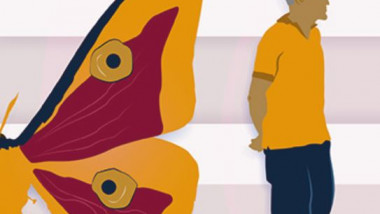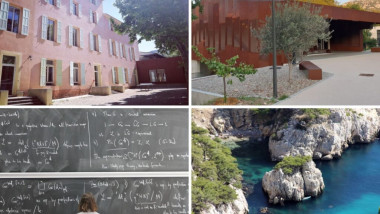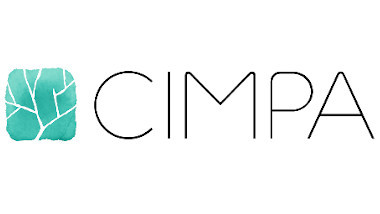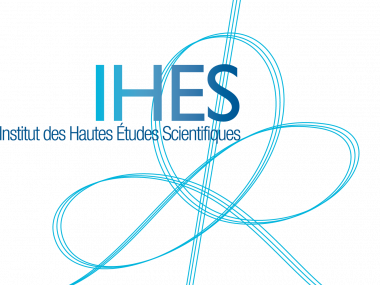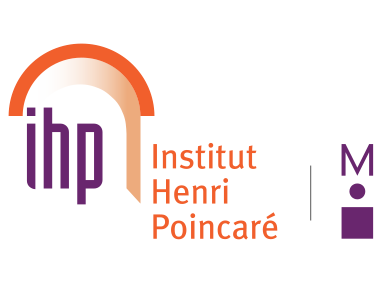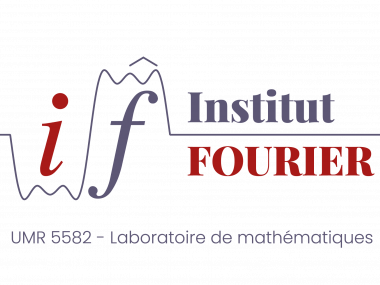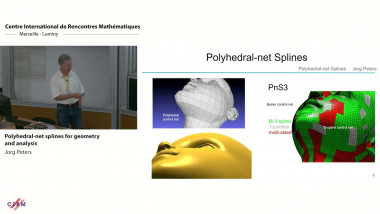From point patterns synthesis to interactive editing
Apparaît dans la collection : Geometry and Computing / Géométrie et Informatique
Using points or small dots to represent any image or 2D shape is the most fundamental discrete representation derived from our geometric intuition. Point pattern synthesis involves generating such arrangements of points based on exemplars and is motivated by a variety of applications in computer graphics, including discrete texture generation, creative pattern design, object placement, scene creation, and distribution simplification. Building on recent advancements in statistical analysis and synthesis, we introduce computational tools to learn distributions from exemplars and seamlessly recreate them over larger areas. Motivated by the interactive design of discrete textures, we also aim to develop near real-time methods to efficiently extract approximate statistical properties from an input pattern and replicate them within a larger domain. This can be motivated by applications, such as scene design for video games which require efficient (or even real-time) synthesis, for instance, to populate virtual worlds with diverse elements, from rocks to vegetation, either automatically or through interactive painting. Other applications are more sensitive to qualitative aspects of the synthesis from a spectral or statistical viewpoint. To address these, we will briefly revisit classical methodologies in point pattern analysis. Specifically, spectral analysis methods, such as the Fourier power spectrum and its radially averaged form, are commonly used to examine sample characteristics. In spatial analysis, the Pair Correlation Function (PCF) encodes pairwise distances between samples, through 1D or 2D histograms. In this context, the data itself is highly varied. Some patterns have dominant anisotropic properties that are crucial to preserve. Others follow a structured arrangement, such as a grid or radial symmetry, which must be extended accordingly, often with multiple valid extensions. Shape distributions may be transformed into point patterns or handled directly using different representations (e.g., graphs, meshes, medial axes, simplified elements) and corresponding shape-aware metrics. In addition to introducing a novel proximity formulation between distribution elements based on statistical features, we show how sharp variations in density and correlation are handled using an adapted bilateral filtering setting. Among the many challenging criteria for point pattern synthesis techniques, we will focus on multi-class and multi-attribute distribution handling, anisotropic and structured pattern replication, and shape-aware metrics. This research collection leads us to a computational framework for fast, user-friendly point pattern editing, providing a link to image processing tools through a low-dimensional perceptual embedding for point correlations. Each pattern is mapped to a three-channel feature image that can be manipulated with standard image software. Applications such as material appearance, haptic rendering, smart-city design, and reforestation can benefit from this first interactive editing framework for point patterns.

